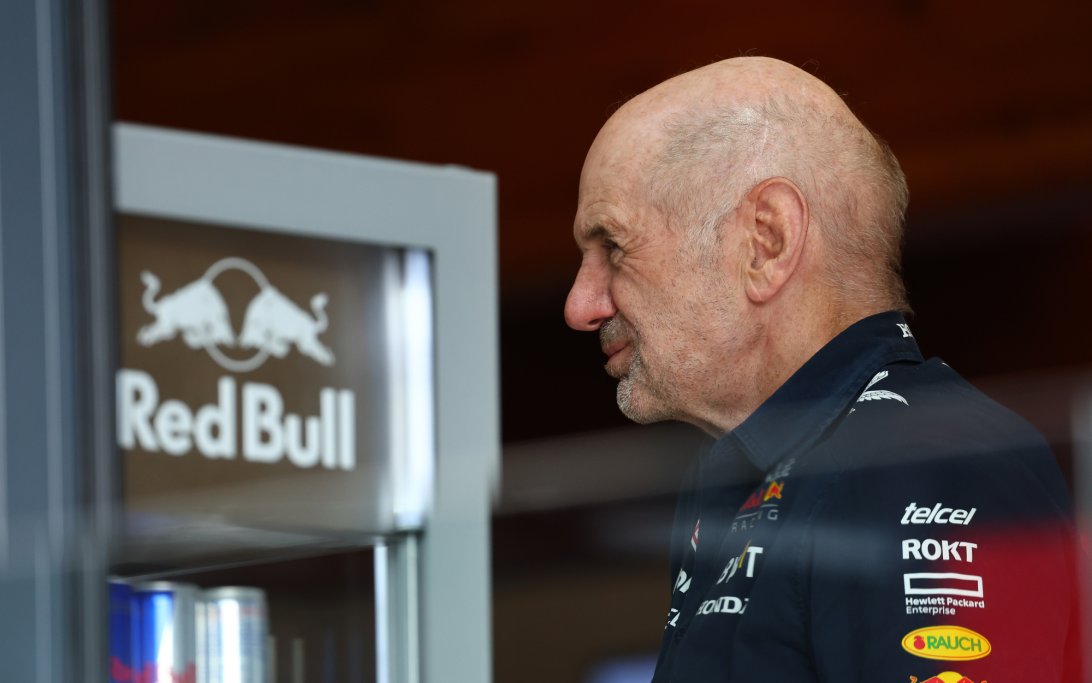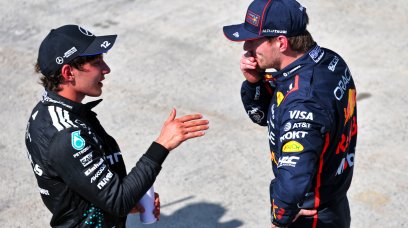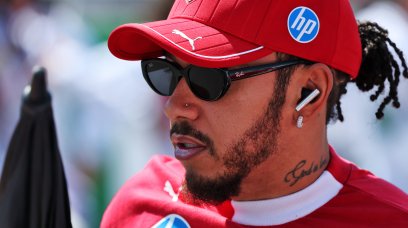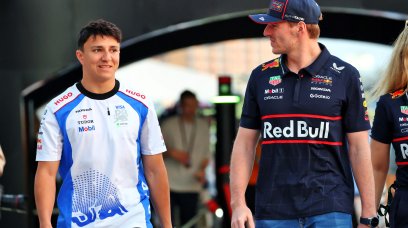Red Bull Racing and Max Verstappen are continuing to dominate Formula 1 in 2024.
The Dutchman won three of the first four races and would have been a heavy favourite for the victory in Australia without technical problems.
Despite the possibility of a neutral F1 fan perceiving the dominance as boring, the technical gurus in the premier class enjoy watching the combination of Red Bull and Verstappen as it seems close to the perfect combination between driver and car.
One of the important people behind the RB20's concept is Adrian Newey - the renowned designer who has been involved in F1 for decades and is one of the most decorated engineers of all time.
RacingNews365 spoke exclusively with Newey during the Japanese Grand Prix weekend, where he took time to talk about the team's current dominance and outlined that the car is not vastly different despite its striking changes to last year's challenger.
“Because it's quite a big visual change, people make these comments - the truth is that the underpinnings of the car, the key architectural layout, front and rear suspension, is the third evolution of what was the RB18 [Red Bull's 2022 car], so [it's] actually extremely similar,” Newey said.
“Obviously, there are then some significant visual changes, mainly revolving around the radiators and cooling layout which have brought benefits.
“It is one of those where it's a large visual change for what is actually, in truth, a smaller performance change. Details on the floor have also evolved and nobody, of course, notices!”
Viewed by others:
Experience
The underside of the current generation of F1 car plays an important role as the cars are built on a "ground effect" basis, where the airflow under the car produces much of the grip.
It is often said that this iteration of car is an excellent fit for Newey, as he worked with this type of F1 regulation back in the 1980s.
“It was a long time ago but my early career was with Venturi cars, in F1 and in IndyCar. Some of that knowledge has been useful in terms of knowing the potential pitfalls from Venturi cars - particularly the bouncing, or what we call proposing.
“It was a problem that the IndyCars didn't really suffer from but the F1 cars in 1980 and 1981 suffered from significantly.
“My first visit to the racetrack, when I was at Fittipaldi, was in 1981. Harvey Postlethwaite was the technical director and he decided that because the front suspension was so stiff, we could save weight by throwing away the dampers and the coil springs and replacing them with bump rubbers.
“We did that as a test at Silverstone. Keke Rosberg was the driver and he came past the old pits at Silverstone and the car was bouncing so badly, you could just about see air through the front wheels.
“He came in completely shaken. It was an early lesson on how bouncing is actually quite a complex phenomenon in terms of [there being] many factors - the track surface itself, the aerodynamics, the suspension, etc.”
Porpoising was a situation Red Bull seemed to have under control early on when F1 began the new era, but Newey does not want to take credit for solving the bouncing.
“By the middle of 2022, most people were more or less on top of [it],” he said. “We then obviously had the small regulation change of raising the floor by 15 millimetres and that actually did change things again.
“It arguably suited us more than others, which was surprising because some of the teams that were lobbying hard for it were the teams that actually suffered more from it.”
Looking back to that first year of the new rules, Red Bull's dominance really only took off from the famous Belgian GP onward. Was that just due to the regulations or was there more at play?
“If you go back to 2022, the first half of the season we had a very tight battle with Ferrari,” Newey said.
“We actually started the aero development of the car, particularly the more detailed development as opposed to the underlying architecture, probably later in 2021, then some of our rivals.
“Particularly Ferrari, who effectively wrote off the 2021 season and dedicated it to research the 2022 cars. Because we are in a tight battle Mercedes through that year, we had to balance our resources a bit more.”
Winning philosophy
“We managed to get the underlying architecture reasonably good but we were a bit behind on some of the detailed aero development at the start of the season,” Newey continued.
“Equally that meant we had more development potential and by mid-season, we were starting to unleash that potential. Obviously, we then went on to have quite a good second half of the season.”
Newey clarified once again that the current RB20 is thus not a radically different car from its predecessors.
Perhaps it will surprise the competition, partly because they have not yet managed to narrow the gap with Red Bull.
“Last year's car and this year's car have been further evolutions of that RB18 in 2022. Under the cost cap regulations, if you can start off with a decent principle, then it becomes easier to develop.
“If you are unfortunate and start off with the wrong principle, the cost cap regulations then hinder the catch up process.”
Don't miss out on any of the Formula 1 action thanks to this handy 2026 F1 calendar that can be easily loaded into your smartphone or PC.
Download the calenderMost read
In this article











Join the conversation!